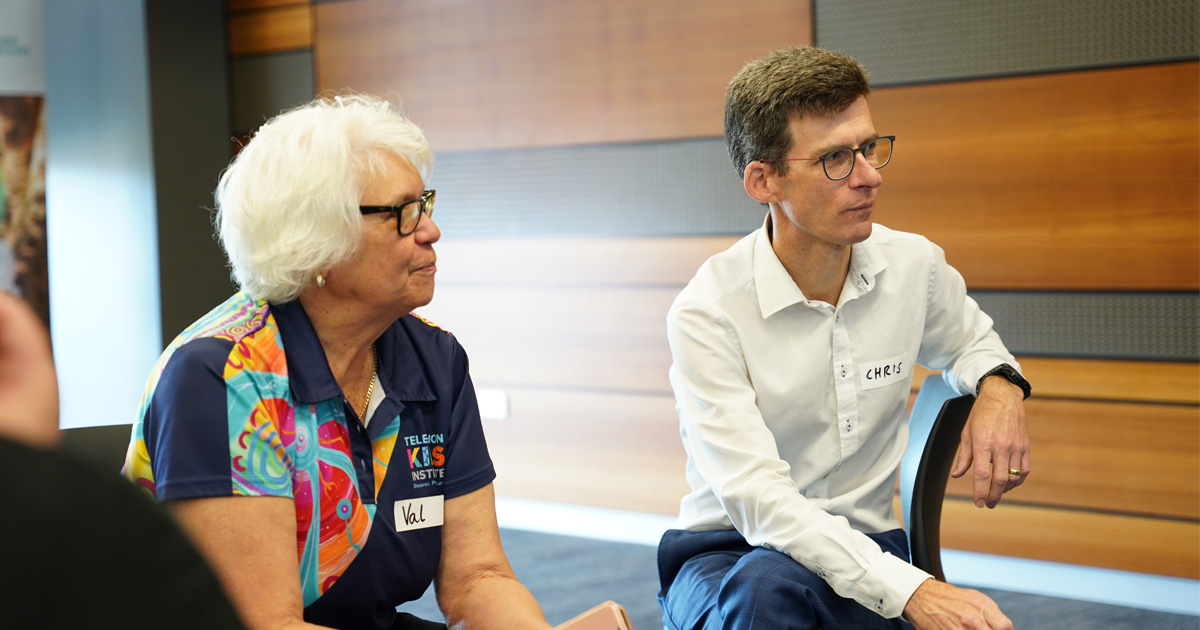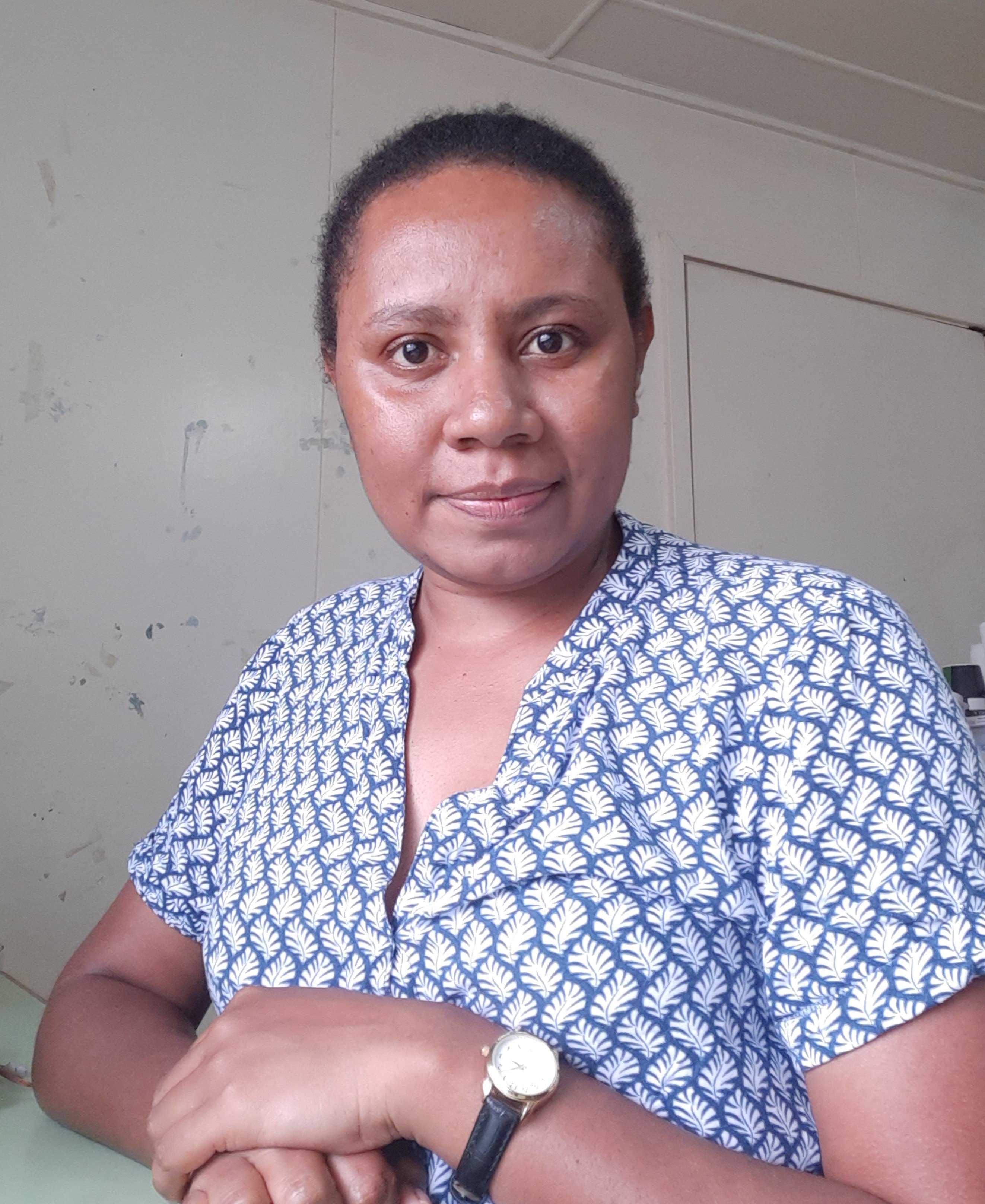Search
Research
Bacillus Cereus Bacteremia and Multiple Brain Abscesses During Acute Lymphoblastic Leukemia Induction TherapyBacillus cereus can cause serious infections in immunosuppressed patients. This population may be susceptible to B. cereus pneumonia, bacteremia, cellulitis,...
Research
Group A streptococcal vaccines: Paving a path for accelerated developmentVaccine prevention of GAS infections and their immunological complications has been a goal of researchers for decades.
Research
Hospitalisation with infection, asthma and allergy in Kawasaki disease patients and their families: genealogical analysis using linked population dataKawasaki disease results from an abnormal immunological response to one or more infectious triggers.
Research
Epigenetics in infectious diseasesViruses, bacteria, and parasites have developed strategies to invade and establish long-term infections in their hosts.
Research
Surveillance of antenatal influenza vaccination: Validity of current systems and recommendations for improvementAlthough influenza vaccination is recommended during pregnancy as standard of care, limited surveillance data are available for monitoring uptake.
Research
The stark reality of rheumatic heart diseaseThis editorial refers to ‘Characteristics, complications, and gaps in evidence-based interventions in rheumatic heart disease: the Global Rheumatic Heart...
Research
Trough concentrations of vancomycin: Adult therapeutic targets are not appropriate for ChildrenDespite the need for effective vancomycin therapy, there are few data guiding vancomycin monitoring in children. We reviewed retrospectively vancomycin use...
Research
Human rhinovirus species C infection in young children with acute wheeze is associated with increased acute respiratory hospital admissionsTo determine whether acute wheezing exacerbations due to HRV-C are associated with increased hospital attendances due to acute respiratory illnesses (ARIs).

News & Events
Researchers share their expertise with the community in CockburnResearchers from the Wesfarmers Centre of Vaccines and Infectious Diseases at The Kids Research Institute Australia have shared their expertise with the community in Cockburn, covering topics ranging from respiratory disease in babies to recurring ear infections in kids.

News & Events
Latest Deborah Lehmann Research Award RecipientCongratulations to Dr Paula Tesine who is the successful recipient of the Deborah Lehmann Research Award. As the third recipient of the Deborah Lehmann Research Award, Dr Tesine received $30,000 towards her research.
